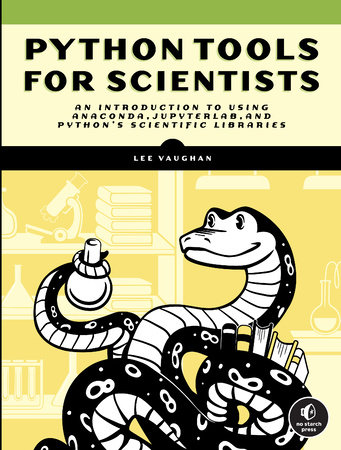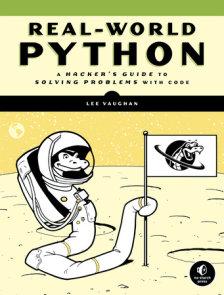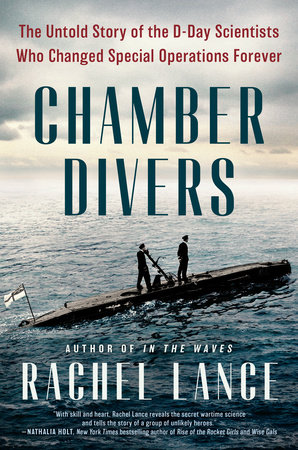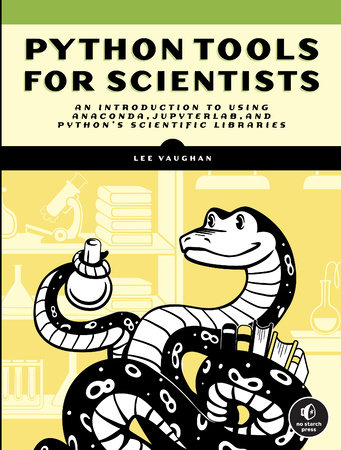

Python Tools for Scientists
By Lee Vaughan
By Lee Vaughan
By Lee Vaughan
By Lee Vaughan
Category: Science & Technology
Category: Science & Technology

-
$49.99
Jan 17, 2023 | ISBN 9781718502666
-
Jan 17, 2023 | ISBN 9781718502673
YOU MAY ALSO LIKE
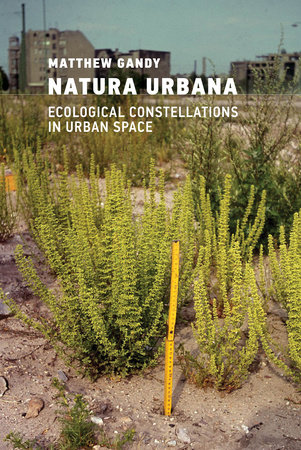
Natura Urbana

Street Trees of Seattle

The Conservative Environmentalist

Unrooted
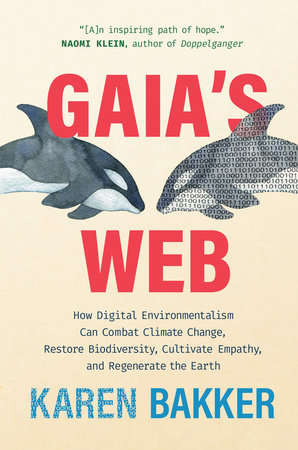
Gaia’s Web

Planting Our World
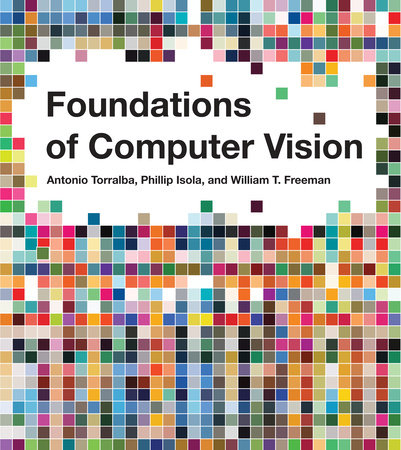
Foundations of Computer Vision
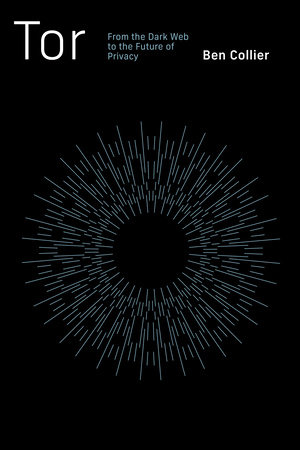
Tor

Machine Learning Q and AI
Praise
“Python Tools for Scientists helps people get up and running in Python so that they can start solving their problems right away instead of being daunted by the dizzying array of tools available in the ecosystem. I wish something like this had been available when I first picked up Python as a scientist!”
—James Bednar, Director of Custom Services, Anaconda, Inc.
“Python has a wealth of scientific computing tools, so how do you decide which ones are right for you? This book cuts through the noise to help you deliver results.”
—Serdar Yegulalp, InfoWorld
“The book [Python Tools for Scientists] by Lee Vaughan is a critical resource for anyone that is new to Python programming and intends to become a Python expert. It covers all of the critical topics in an easily understandable format and it goes deep enough to be helpful in navigating advanced topics. The book is also true to current Software Engineering standards and gives even new developers the tools to jump start their Python career.”
—Dr. Alec Yasinsac, Department of Computer Science, University of South Alabama
“I wish there was a book like this when I started learning Python… [Python Tools for Scientists] is a practical, detailed, hands-on introduction to setting up a local Python workspace and getting started with the basics of Python programming. It was written for scientists, by a scientist who knows what the typical problems are when scientists and engineers start using Python tools in their everyday work. It also introduces the wide variety of packages that can be used in scientific programming and provides guidelines on when to use them. Matplotlib, numpy, and pandas are covered in much more detail – as they should be. The writing and the organization of the material are clear and easy to follow. I have been using Python for many years, but I know I will be using this book both in teaching and research.”
—Zoltán Sylvester, Senior Research Scientist, University of Texas at Austin
Table Of Contents
Introduction
Part 1: Setting up for Science
Chapter 1: Installing Anaconda and Launching Navigator
Chapter 2: Keeping Organized with Conda Environments
Chapter 3: Simple Scripting in Jupyter Qt Console
Chapter 4: Serious Scripting with Spyder
Chapter 5: Jupyter Notebook: An Interactive Journal for Computational Research
Chapter 6: JupyterLab: Your Center for Science
Part 2: Python Primer
Chapter 7: Integers, Floats, and Strings
Chapter 8: Variables
Chapter 9: The Container Data Types
Chapter 10: Flow Control
Chapter 11: Functions and Modules
Chapter 12: Files and Folders
Chapter 13: Object Oriented Programming
Chapter 14: Documenting your Work
Part 3: The Scientific and Visualization Libraries
Chapter 15: The Scientific Libraries
Chapter 16: The InfoVis and SciVis Visualization Libraries
Chapter 17: The GeoVis Libraries
Part 4: The Essential Libraries
Chapter 18: Numpy: Numerical Python
Chapter 19: Demystifying Matplotlib
Chapter 20: Pandas, Seaborn, and Scikit-learn
Chapter 21: Managing Dates and Times with Python and Pandas
Appendix A: Answers to the “Test your Knowledge” Challenges
21 Books You’ve Been Meaning to Read
Just for joining you’ll get personalized recommendations on your dashboard daily and features only for members.
Find Out More Join Now Sign In








